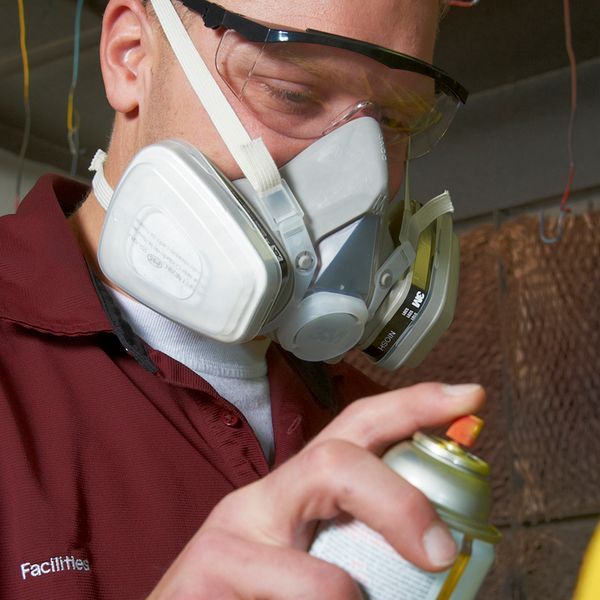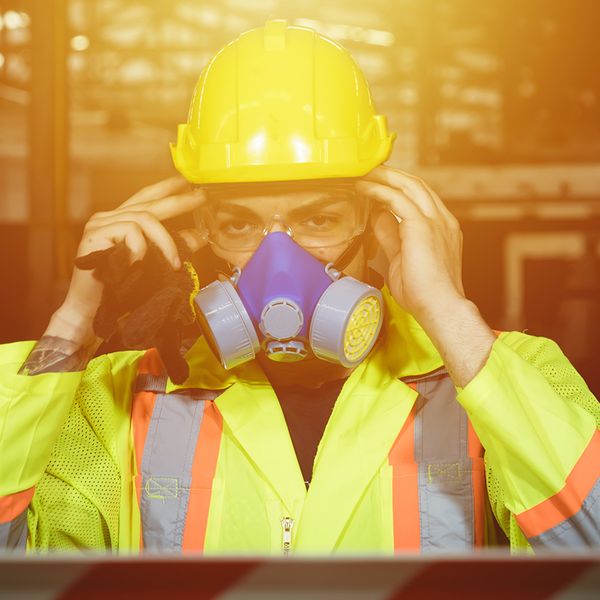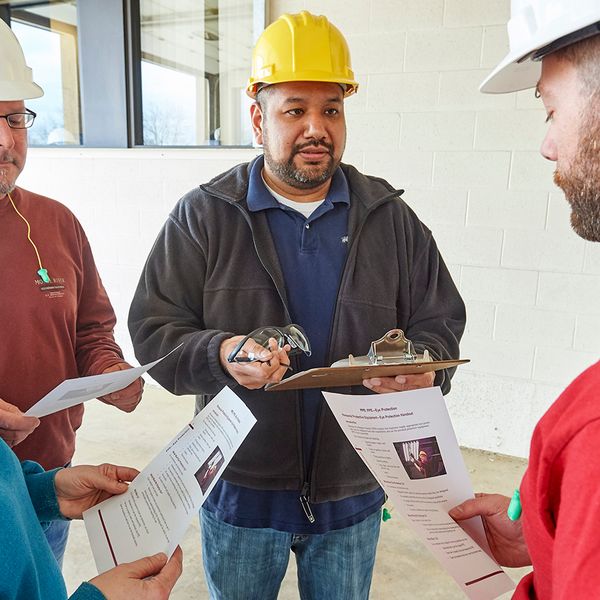Are your workers’ breathing spaces contaminated?
In June 2022, an employer received $273,064 in proposed penalties from OSHA for not medically qualifying and fit testing workers before using any respiratory device. When employers determine their workers have exposure to air contaminants, respiratory protection may be necessary when engineering or workplace controls aren’t effective in reducing workers’ exposure.
In 2020, OSHA published regular guidance for employers on how to protect their workers from COVID-19. Employers unfamiliar with respiratory protection, respiratory hazards, and air contaminants learned how to keep their workers safe - including reminders about medical qualification and fit testing. Continue applying these best practices and guidance to protect workers from industrial air contaminants.
OSHA continues to take enforcement action against employers not following its respiratory protection requirements. In fact, respiratory protection violations were second on the top 10 list of OSHA’s most frequently cited OSHA standards in 2021.
An air contaminant is any substance that is accidentally or unintentionally introduced into the air, making the air toxic or harmful to some degree. Work processes and activities are the main sources of respiratory contaminants.
Avoid enforcement action from OSHA by learning how to take appropriate actions when necessary after determining your workers have exposure to air contaminants.
Taking action when air contaminants are present
For General Industry employers, OSHA 1910.1000, Air contaminants, protects employees from occupational exposure to air contaminants. The regulation applies to all workers who may be subjected to workplace air contaminants. Likewise, in the construction industry, 1926.55, Gases, vapors, fumes, dusts, and mists, similarly applies to construction workers.
Sections 1910.1000 and 1926.55 lists various substances along with permissible exposure limits (PELs) for an eight-hour period. Employers have a responsibility to notify their workers of potential hazards in the workplace, including air contaminants. When I was a field safety manager, I often provided safety data sheets (SDSs) to my work crews with their site safety plan.
If your respiratory protection plan requires workers to wear a respiratory device, OSHA requires that employers make a reasonable estimate of workers’ exposure to air contaminants. This is more than just an educated guess. Use SDSs, work process, work exposure, and other information to determine workers’ exposure levels. Confirm exposure level through:
- Sampling,
- Objective data, or
- Mathematical calculation.
Once you know the exact exposure, you can determine whether workplace controls are effective and whether PPE is adequate or necessary.
What can employers do about air contaminants?
When you have air contaminants in your workplace, here are several pro tips to follow:
- Use engineering controls to mitigate air contamination sources, or, if necessary, by using personal protective equipment (PPE).
- Communicate to workers what air contaminants are in the workplace and how they can protect themselves.
- Discuss any necessary PPE with workers and demonstrate proper use, cleaning, and storage of the equipment.
- Test air in the facility periodically for the presence of air contaminants. Workers have a right to see the results of those tests.
If workers use PPE in addition to engineering and work practice controls, the PPE must be provided free of charge to your workers.
Key to remember: Industry employers must protect workers from air contaminants. First, assess the workplace to decide what exposures exist. Next, analyze what controls are needed to mitigate exposure levels to workers. Finally, verify exposure levels using sampling, objective data, or mathematical computation.



















































